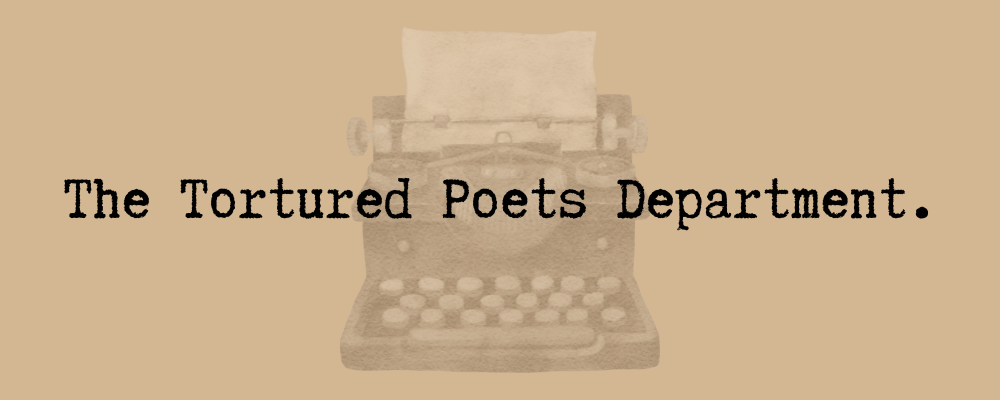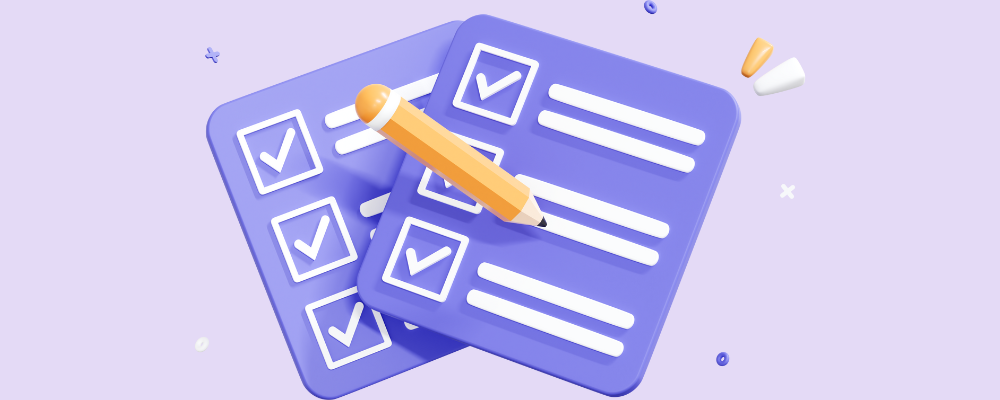Welcome to part two of the mini blog series featuring results from the Canadian Book Consumer survey. In part one, we shared insights about Canadian book buyers — from most popular formats and subjects to preferred channels to complete a purchase, and more. In this instalment, we’ll take a deep dive into why and how Canadians acquire books — from awareness and discoverability to the reasons why Canadians decide to read, buy, or borrow specific books.
But first, let’s review some language considerations and context that will help you better understand the information we’re about to share:
The Canadian Book Consumer survey is fielded quarterly. The results we’ll share today are from surveys fielded in April, July, and October 2020 and January 2021 among 12,022 English-speaking Canadians over the age of 18 who met our screening criteria.
Most of the answers we’re sharing in this series are from questions that asked respondents about their last month’s book-related behaviour:
‘Buyers’ are respondents who said they had bought at least one new book in either March, June, September, or December 2020 (a total of 2,750 Canadians).
‘Non-buyers’ are respondents who didn’t buy at least one new book in the past month.
'Borrowers’ are respondents who said they visited a public library (in person or online) and checked out at least one book in either March, June, September, or December 2020 (a total of 2,980 Canadians).
Some questions asked respondents about their book-related behaviour in the last year:
‘Readers’ are respondents who said they had read at least one book in the last year, for a total of 8,528 Canadians. (Readers could be buyers or non-buyers.)
When we use the term ‘book(s)’, we’re referring to new print books, ebooks, and/or audiobooks combined, unless specified.
Reasons to read and choose specific books
Let’s start with the basics. Why do people read and what factors influence their decision to pick up a specific book?
In 2020, Canadians were mostly reading to relax and enjoy (77%). About half read to pass the time (56%), 41% read to gain knowledge, and 38% read to become immersed in another world. These reading preferences and rankings haven't changed since we started asking this question in early 2019.
In 2020, when respondents were asked whether they read books with Canadian characters, 18% said they did, 19% said they didn’t, and 63% of readers said they did sometimes.
When we combine the “yes” and “sometimes” answers, the most popular types of books that people read were books with diverse topics/experiences (86%) and Canadian characters (81%).
Popular types of books among Canadians
Awareness and discoverability
When we asked readers how they generally became aware of books they read or listen to, 38% said awareness was created at a bookstore or retailer, 30% from an author, 25% from a bestseller list, and 25% from the public library.
How readers became aware of books they read
When it comes to book buyers (Canadians who bought at least one new book in March, June, September, or December) we learned that:
25% of them became aware of the book they purchased by reading other books by the same author; similar to what we saw in 2019 among book buyers (21%)
20% discovered the book through a recommendation or review; an 8% increase from 2019 (12%)
18% discovered books by browsing or searching online or in person; very close to what we found in 2019 (17%)
10% became aware of the book they read thanks to social media
For the 18% who discovered books by browsing or searching online or in person, we found that:
43% browsed on a bookseller’s website; in 2019 this stat was at 38%
25% browsed in a store in person; a decrease from 42% in 2019
20% searched via a search engine; in 2019 only 9% reported discovering books this way
8% browsed on social media
8% browsed on review websites
7% searched on the author’s website or social media
6% searched on the publisher’s website
5% browsed at a library (in person or online)
Where the books were purchased
When we look at the majority of where these buyers ended up purchasing the books they discovered, more than half were bought from an online retailer/app (64%) and about a quarter at a bookstore (23%).
When we focus on ebooks, we found that 28% of ebook buyers became aware of the ebook they purchased from reading other books by the author. Recommendations or reviews, and browsing or searching were both at 18%, while 14% became aware via email newsletters or alerts (much higher than for print book or audiobook buyers).
Audiobook buyers had more distributed discovery methods than print book and ebook buyers. The most popular were via recommendation (31%), 23% each for reading other books by the author and social media, and 21% via browsing.
Deciding which books to read, buy, or borrow
How did people decide which book to read, borrow, or buy? Mostly by reading the book description (54%). Other popular factors were: looking at the subject (35%), the cover (33%), the author (34%), and reviews (29%).
Actions taken to decide which book to read, borrow, or buy
What made buyers decide to purchase a new book in 2020? The book’s content, price, and availability.
Reasons to purchase a new book
If this caught your interest, you should keep an eye out for the third part of this mini-blog series. In it we’ll compare these decision-making actions between buyers and borrowers.
Acquiring books
When asked about the ways Canadians acquired books last year, we found that 33% bought a new print book, 32% borrowed a book from a public library, and 31% didn’t acquire any books.
We also found that:
Canadians bought more books than they borrowed from a public library;
about half of respondents reported having purchased a book;
about a quarter borrowed a book from the public library; and
people who borrowed books also bought books at a higher rate than those who didn’t borrow.
Other ways Canadians obtained books of all formats in 2020:
18% bought a secondhand book
18% borrowed a print book
18% were gifted a print book
14% got an audiobook for free
11% downloaded an ebook for free
10% bought an ebook
8% borrowed an ebook
5% bought an audiobook
If you’re interested in knowing how reading fits into the leisure activities of Canadians, how people are finding and choosing books, what people are reading and listening to, and how people are interacting with books and related activities, stay tuned for the results from our annual Canadian Leisure and Reading study. We recommend subscribing to our monthly research newsletter to be among the first to know when the free report featuring the results of this study is available.


















You can easily request advance reading copies (ARCs) on CataList.